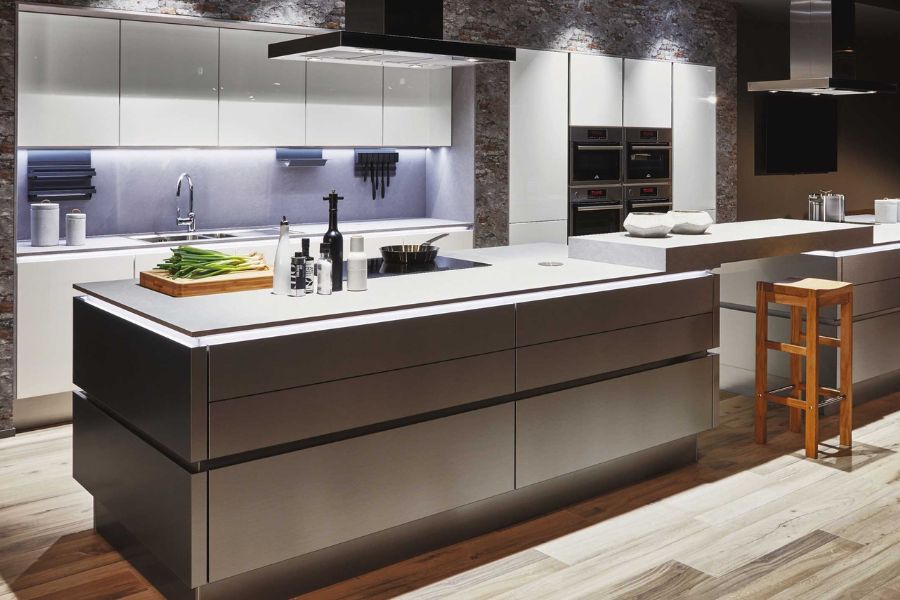How to Design the Perfect Modular Kitchen: A Beginner’s Guide

Designing a modular kitchen for the first time can be both exciting and overwhelming. With so many layouts, finishes, and fittings available, it's essential to understand the basics before making any decisions. This beginner’s guide will walk you through everything you need to know to design the perfect modular kitchen for your home.
1. Understand Your Space
Start by measuring the size and shape of your kitchen. Is it a compact space or an open kitchen connected to the dining area? Knowing your space will help you choose the most suitable layout — like L-shaped, U-shaped, or parallel.
2. Choose the Right Layout
Select a layout that complements your workflow and available space. For smaller kitchens, straight or L-shaped layouts work best. For larger areas, consider U-shaped or island kitchens for maximum efficiency and style.
3. Plan the Work Triangle
The “kitchen work triangle” connects the stove, sink, and refrigerator — the three most used areas in any kitchen. Ensuring a smooth workflow between these points will enhance functionality and make daily tasks easier.
4. Focus on Storage
Think vertically and make use of walls with overhead cabinets. Include a mix of drawers, shelves, tall units, and corner solutions. A clutter-free kitchen always starts with smart storage planning.
5. Select Durable Materials
Choose materials that are not only stylish but also easy to maintain. Go for high-quality laminates, marine plywood, quartz or granite countertops, and rust-resistant hardware that can handle everyday Indian cooking.
6. Lighting Matters
Natural light is ideal, but you’ll also need under-cabinet lights, ceiling lights, and task lighting. A well-lit kitchen makes cooking safer and more enjoyable.
7. Ventilation Is Key
Install a good-quality chimney and make sure there’s a window or exhaust fan to eliminate smoke, odors, and moisture — especially important in Indian kitchens.
8. Pick a Color Scheme
Choose colors that reflect your personality and the vibe you want — warm tones for a cozy feel or cool tones for a sleek, modern look. Glossy or matte finishes can dramatically change the look and feel of your space.
9. Don’t Ignore Electrical Points
Plan for enough plug points for your appliances like microwave, mixer, fridge, etc. Ensure they are placed at the right height and locations.
10. Hire a Professional (Optional but Helpful)
If you're unsure about layouts, measurements, or designs, working with a professional can save time, money, and effort in the long run. Many modular kitchen brands offer free consultations.
Final Thoughts
A perfect modular kitchen is one that blends style, functionality, and durability. Whether you're designing a kitchen from scratch or renovating an old one, starting with the right plan makes all the difference.



